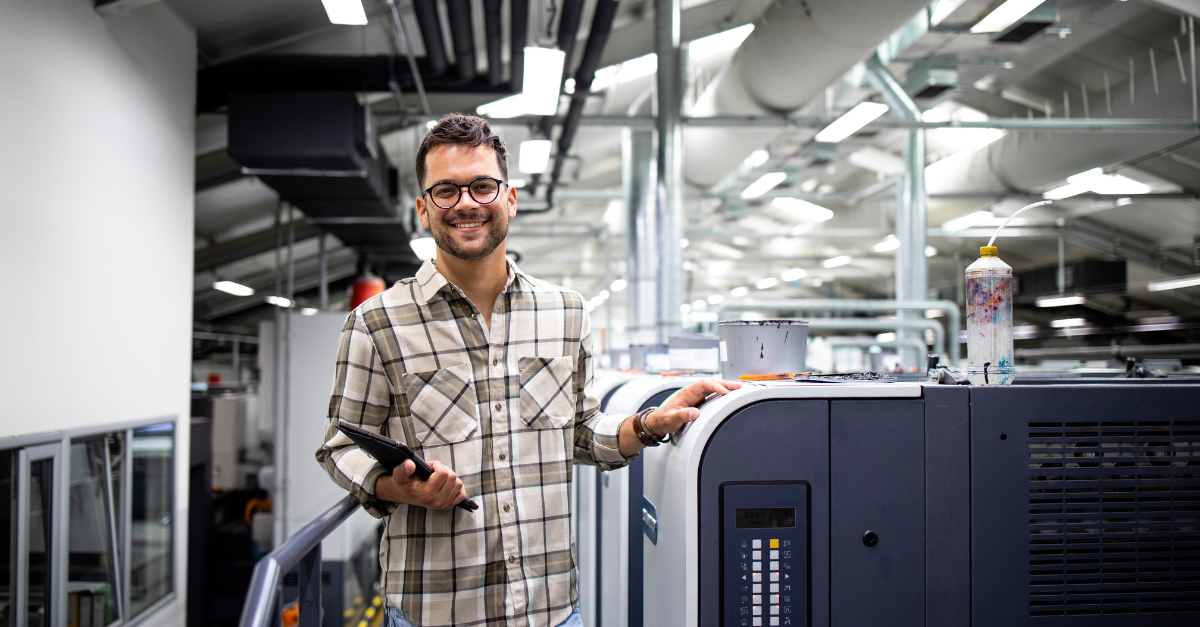Google and Yi Technology Unveil New $17,000 Jump Camera for 3D VR Videos
A year after first announcing its partnership with Chinese action cam maker Yi Technology, Google officially unveiled the company’s newest virtual reality (VR) camera at NAB in Las Vegas Monday. The Yi Halo, as the camera is being called, will sell for $17,000 this summer. It is closely tied to Google’s Jump system, a cloud-based stitching solution that aims to take manual intervention out of producing stereoscopic 360-degree videos.
The camera itself is being built by Yi, and comes combines 16 spherically aligned 4K action cameras with an extra camera facing upwards. The Yi Halo also has a dedicated LCD screen to monitor each of these sensors as well as overall battery life and more, and it ships with a bunch of extras, including batteries, an SD card reader, screwdrivers and even two extra action cams in the box in case something breaks while in the field
The YI Halo is Google’s second cooperation with a camera maker to introduce a VR camera system that makes use of its Jump cloud stitching infrastructure. Google first introduced a camera rig based on GoPro’s action cameras dubbed Odyssey at its Google I/O developer conference two years ago, and began making that rig available to select partners soon after.
But Odyssey was never much more than a test case, combining 16 of GoPro’s existing action cams with dedicated firmware and little more than a plastic rig, and GoPro and Google shipped just north of 100 of those cameras.
The Yi Halo on the other hand is a commercially designed camera, with YI Technology CEO Sean Da telling journalists at a recent briefing in San Francisco that the company put a lot of effort into the heat dissipation to make sure that the system works even when teams have to shoot in the desert.
Google and Yi also did away with another issue of the original Odyssey rig: The Odyssey was based on an array of 16 cameras that were horizontally aligned for optimal stereoscopic 3D video capture. However, the camera alignment included an obvious blind spot just above the viewer. Look up in any of the footage shot with the camera, and you’ll see blur instead of a blue sky or a detailed ceiling.
That’s why Google and Yi added a 17th, upward-facing camera to the Yi Halo. That single camera doesn’t provide stereoscopic video for anyone looking straight up, but in most cases, the depth of the ceiling or sky matters much less than whether or not it’s there at all. What’s more, the camera is not placed on top of the rig, but placed inside of it to best simulate the way the human eye works.
Google also introduced a new program dubbed Jump Start Monday that aims to get JUMP cameras into the hands of 100 additional creators free access to a Jump camera and the cloud-based Jump assembler. That assembler is a key component of Jump, and stitches the individual video file of each camera together to a coherent 360-degree 3D video file, ready to be viewed in a headset. Google has spent a lot of time optimizing the performance of its Jump assembler, bringing the time it takes to process one hour of footage down to 8 hours. Doing the same on a regular desktop PC could take months.
Google isn’t the only company introducing a camera for VR video productions these days. Just last week, Facebook showed off its own VR video camera efforts, and GoPro previewed a new 360-degree video camera of its own. But Facebook’s efforts in particular have yet to to turn into a real product, a fact that Yi Da capitalized on while showing off the Yi Halo to reporters. “This is a commercial product,” he said. “It’s ready. It’s not a proof-of-concept.”
But Da also readily admitted that the Yi Halo won’t be a huge money-maker for Yi Technologies, telling Variety jokingly that the company doesn’t expect any manufacturing constraints for the camera. So why do it? Developing a camera like the Yi Halo will help the company to build better, and significantly cheaper, consumer-grade VR cameras at some point down the line. “We’re a technology company,” he quipped.
Original article written by Janko Roettgers for Variety.com











